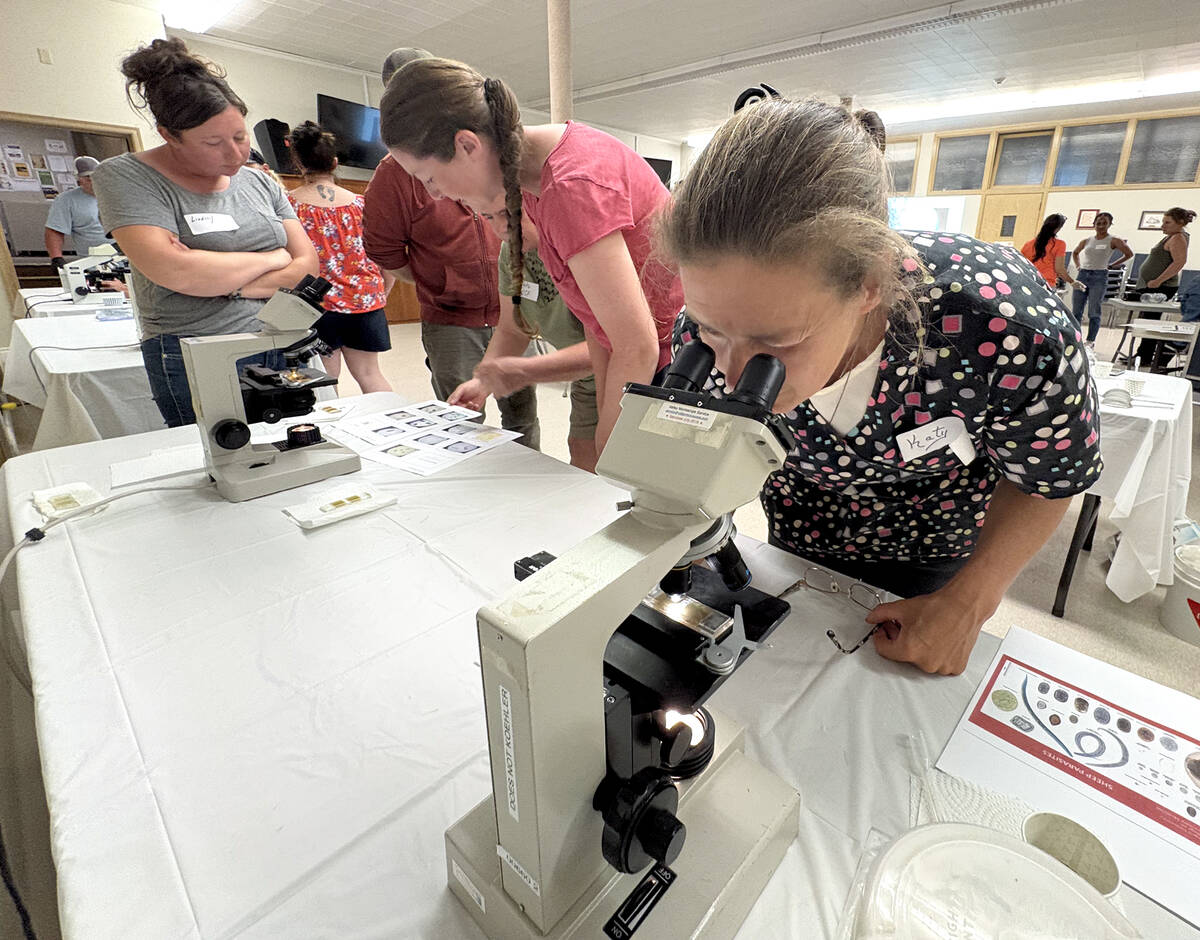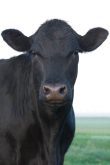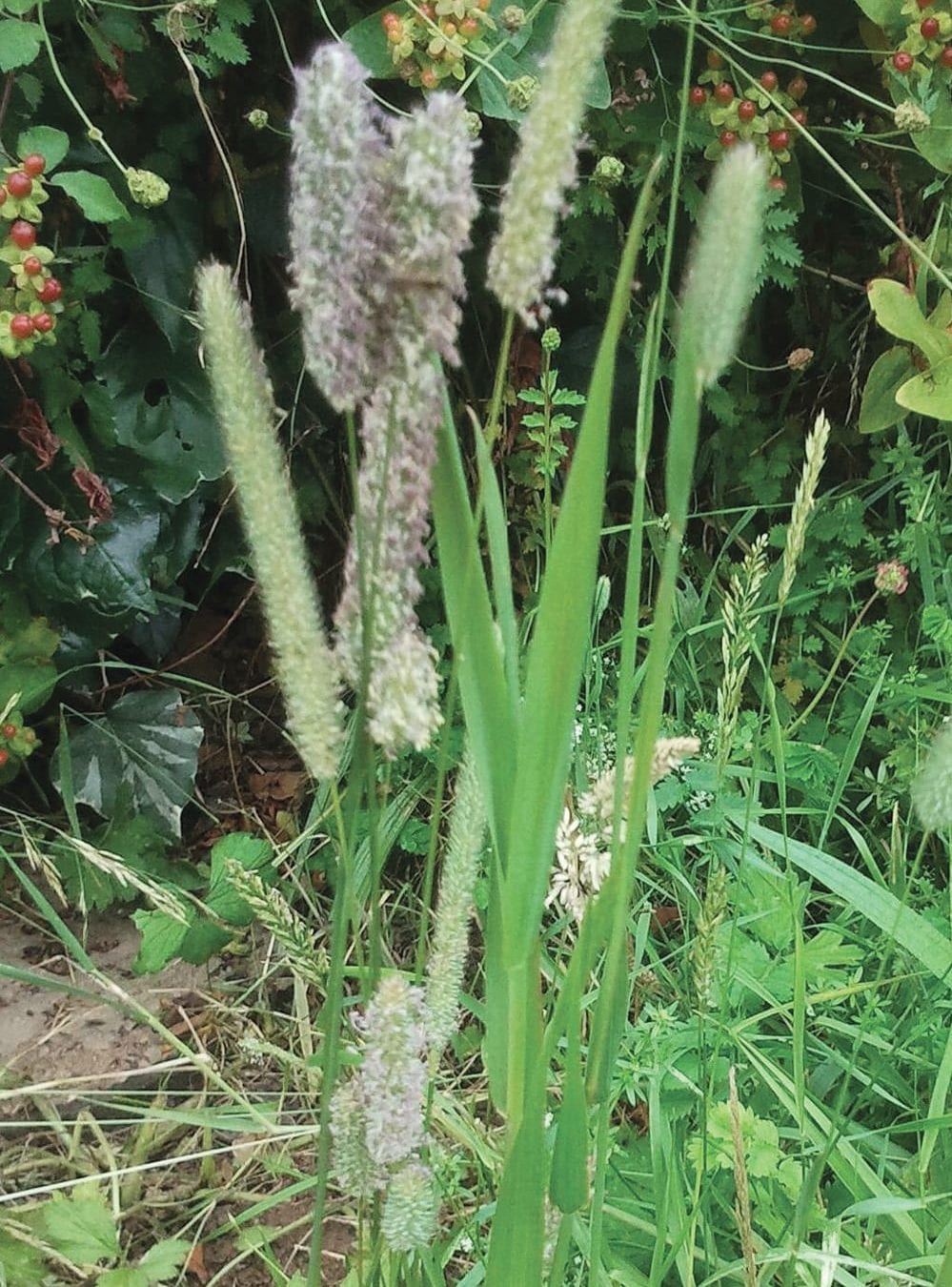For horse owners whose list of acceptable options for getting rid of a surplus horse might include a dinner plate as a final destination, then the Canadian Food Inspection Agency would like you to know that the rules have changed.
As of Jan. 31, 2010, equine owners intending to sell animals directly or indirectly to Canadian meat processors must retain records of all vaccines and medications administered or fed to their animals and record any occurrence of illness in their animals, according to a CFIA press release.
That’s because by July 31 of this year, all federally inspected equine facilities must have complete records dating back six months for domestic and imported horses and mules presented for slaughter.
Read Also

Smart deworming for sheep starts with individual fecal egg counts
Fecal egg count tests are one step to managing dewormer resistance and managing sheep parasites on Canadian sheep farms to maintain flock health.
Of particular interest to horse owners is the total ban on shipping horses that have been treated at some point in their lives with the anti-inflammatory drug phenylbutazone, commonly known as “bute.”
NO “BUTE” ALLOWED
After even a single dose, phenylbutazone residues are reputedly detectable at very low levels in the carcass even for years afterwards – perhaps at the parts per trillion level.
Where the liability for condemned carcasses will rest, whether with the slaughter operation, the buyer, or the original owner, is an open question.
But during the “learning curve” period, according to Dr. Claude Boissonneault, the CFIA’s national specialist in the red meat, non-ruminant species program policy development section, even if carcasses end up being condemned for phenylbutazone contamination, the CFIA will not pursue legal action against any party.
“We’re not out to hang anyone. What we do for all commodities, is always work towards information and going towards compliance. It is understandable that mistakes can be made and that we would be finding residues of such and such in a carcass,” he said.
“We would follow up with a producer and inform him of this. You need to remember we’re in a transition period. We all know that there are a lot of horses that have received phenylbutazone in their life.”
NEW DOCUMENTS
In order to help owners collect all of the necessary information, the CFIA is launching a new Equine Information Document (EID) that can be found in the Meat Hygiene Directive no. 2009-49.
The EID is the first step in the development of a comprehensive food safety and traceability program for the Canadian equine industry – for both domestic and international markets.
Anyone selling an equine may have to provide an EID at ownership transfer. The document will require an owner-signed declaration to verify the accuracy of the information.
“It is the same for any animal. If you send a beef or a pig to the slaughterhouse, you are expected to send a healthy, residue-free animal,” said Boissonneault.
“For equines, this is a major shift because out there was a lot of people who were operating on the premise that their horse will never end up in a slaughterhouse. What we’re saying is, ‘Guess what, if you want to send a horse to the slaughterhouse, either directly or indirectly, you need to fill out certain papers.” [email protected]


















